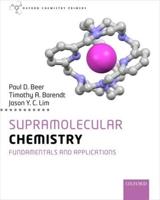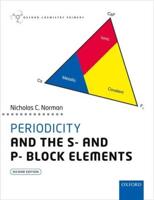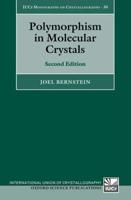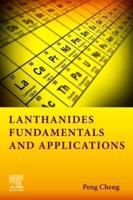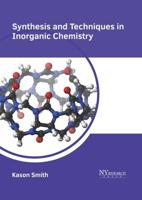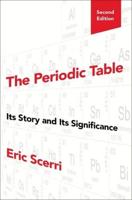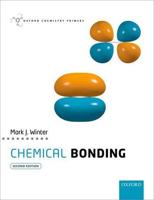Publisher's Synopsis
With platinum and rhodium, palladium is one of the most important members of the platinum metal group. The last Gmelin treatment of it was in 1942, and knowledge of its properties and chemistry has made enormous strides since then. This volume is primarily concerned with binary compounds and with the coordination complexes derived from them. Although it is a member of the nickel-palladium-platinum triad, it more closely resernblas platinum in its binary and coordination chemistry, though being a second-row transition element it displays less tendency than does platinum to assume higher oxidation states. ln heterogeneous and homogeneous catalysis, referred to at appropriate points, palladium and its complexes are of great importance in bulk and fine chemieals production, effecting a wide variety of organic transformations. The arrangement of material in this volume follows the traditional Gmelin arrangement. Within each category of compounds or complexes the material is arranged, as usual, in order of ascending metal oxidation states (e. g., palladium(ll) precedes palladium(IV)). The chemistry of the palladium-hydrogen system is so large that it merits a separate volume, so this book starts with the binary oxides and oxopalladates followed by hydroxides, hydroxo complexes and aquo complexes. Then nitrides and nitrates are treated. They are followed by the large chapters on halides and their complexes (172 pages). The largest single chapter in this volume (11 0 pages) deals with chlorides, chloropalladates and other chloro complexes.


